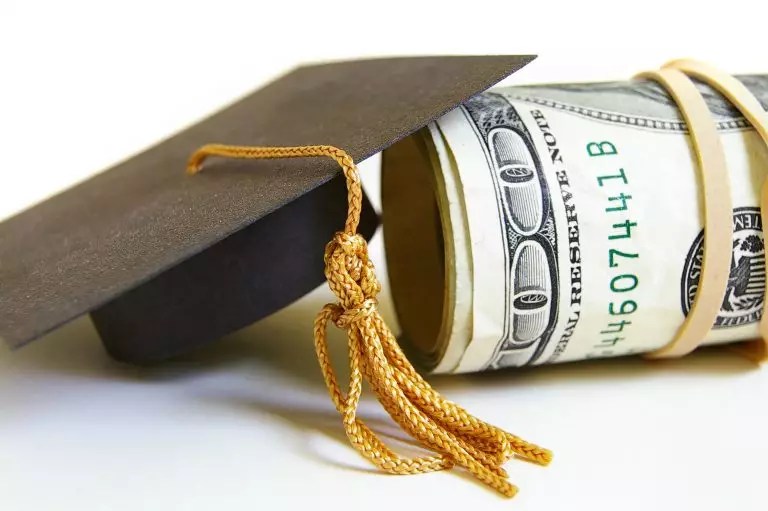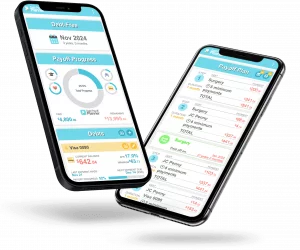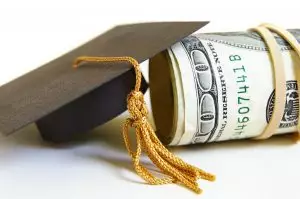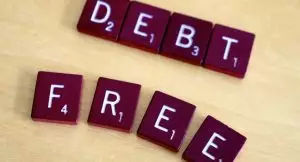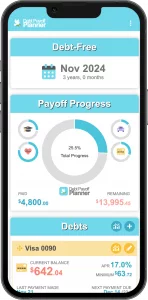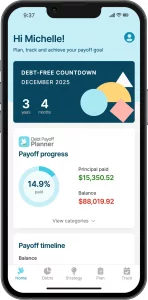If you have student loans, you’ve probably received correspondence from a private lender selling you on their student loan refinancing. Student loan refinancing can be beneficial for a large number of borrowers.
Student loan refinancing consists of a private lender paying off one or more of your existing federal or private student loans and issuing you a new loan.
Here are 10 things you need to know about student loan refinancing:
1. It Can Lower Your Interest Rate
Private refinancing can lower your interest rate, and it’s the number one reason why borrowers refinance. Federal and private loans borrowed for school typically have high interest rates. Especially if you went to graduate school or your parents took out parent plus loans on your behalf. Graduate school interest rates are commonly in the 6-8% range, and private student loan interest rates can be even higher. These rates can feel like robbery! Most federal loans have fixed interest rates. That means even as interest rates go up and down, your federal student loans will stay steady. Private student loans come in variable and fixed (more on this later). The only way to lower your interest rates is to refinance. Private lenders can sometimes cut your interest rate in half and save you tons on interest.
2. You Will Lose Federal Protections
If you private refinance your federal student loans, you will lose your federal protections. You will no longer be eligible for income-driven repayment plans, federal loan forgiveness programs, federal loan forbearance, and death/disability discharge. These federal protections can be difficult to give up but are necessary for many. Be absolutely certain you’re OK with removing these federal protections when you private refinance your loans. There’s no going back to federal once you’ve converted to private.
3. You May Need a Co-signer
When you private refinance, you may need a co-signer to be eligible for a loan. New graduates with little income, little income history, or poor credit can struggle to receive a private refinance. Oftentimes, borrowers will have a parent, relative, friend or spouse co-sign on their private refinance. If the co-signer has strong credit, this will help the borrower secure a loan, and they will likely receive more favorable terms. Be aware: the co-signer also becomes liable for the student loans and would be responsible for loan payments if the borrower is unable to make payments. Some private lenders have co-signer release provisions, but this is case-by-case for each lender. Make sure your co-signer is aware when they sign on the dotted line they are on the hook for your debt as well.
4. If You Die With Private Student Loans
Unlike federal student loans, which are discharged when you die, some private student loans do not disappear after death. If you die and you have a co-signer, they may assume responsibility for your student loans. Some private lenders offer complete loan discharge, others offer partial, and some offer no loan discharge in death. Make sure to read the legal fine print about loan discharge in the event of death, as this differs by private lender.
5. There Are Variable and Fixed Interest Rates
You can pick between variable and fixed interest rates when you private refinance. Student loan interest rates follow interest rates set by the Federal Reserve. Variable rates will move up and down as the economy passes through inflationary and deflationary times. Fixed rates will remain steady during the life of the loan. Variable rates usually offer lower introductory rates than fixed to entice borrowers. They require more planning, and they are riskier than fixed because there’s a chance your interest rate goes higher (or lower). Don’t expect rates to stay level over the life of your loans, particularly if you plan on a long-term refinance of 15-20 years.
6. There Are a Number of Payment Options Available
There are usually four repayment options to pick from after private refinancing:
- Immediate repayment – Make full student loan payments based on the size of your loans and the terms provided. Each month, you will pay interest and principal.
- Interest-only repayment – For some period of time, monthly payments will only cover the interest. No payments are made to the principal during this time.
- Partial interest repayment – For some period of time, small monthly payment covering some interest but not all.
- Full deferment – Pay nothing while in school. Interest will continue to grow.
The immediate repayment option would result in the quickest repayment and the least amount of interest paid. The deferred payment options 2 – 4 are all temporary and you will have to start paying the full interest and principal on your loan eventually.
7. The Better Your Credit, the Better Your Rate
The stronger your credit situation, typically the better the rate you’ll receive in private refinancing. Adding a co-signer with great credit would boost your application to receive a better rate. Here’s what the private lender will analyze when they underwrite your loan:
- Credit score
- Savings
- Debt-to-income ratio
- Job history
- Income
8. You Pick the Loan Term
Private refinancing loan terms are most commonly five, seven, ten, 15 and 20 years. Rarely will you see lenders offering loan terms longer than 20 years. The shorter your loan term, the lower your interest rate. Conversely, the longer your term, the higher your interest rate. Longer terms will result in lower monthly payments but additional interest owed.
9. You Can Refinance More Than One Loan
When you private refinance your student loans you can choose how many loans you’d like to refinance and which loan type. Borrowers commonly graduate with high-interest federal and private loans they acquired to finance their education. They can have a private lender refinance one, two, or as many loans as they’d like. This can combine federal and/or private loans and simplify your monthly payment.
10. Private Refinance and Direct Federal Consolidation Are Used Interchangeably
Borrowers commonly mix up private refinance and direct federal consolidation. A private refinance is converting an existing federal or private loan into a new private loan. As mentioned earlier, you can combine one or more loans together in a private refinance. A direct federal consolidation allows you to ONLY consolidate federal loans. The department of education pays off your federal loan and issues you a new consolidated federal student loan. It does not convert your loan into a private loan. Private loans cannot be converted back into federal loans once refinanced.
Is Private Refinancing Right For You?
Private refinancing your student loans could be one way for you to become debt free sooner. There is plenty to consider when private refinancing, so be certain it’s right for you. If you’re not sure private refinancing is right for you, an independent student loan advisor like StudentLoanAdvice.com can help you make the right choice.
